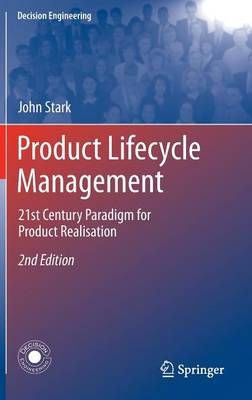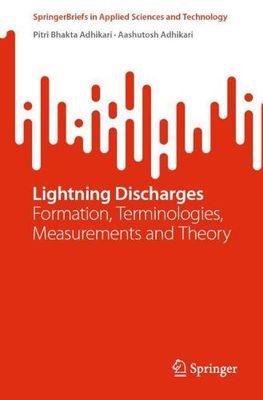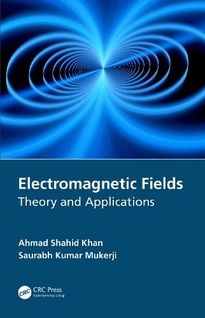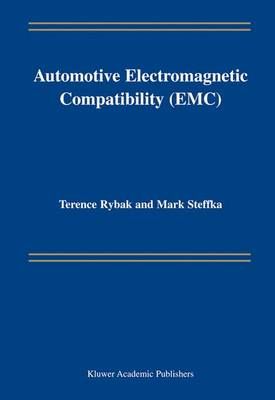Electromagnetic Compatibility Engineering
Praise for Noise Reduction Techniques in electronic systems
"Henry Ott has literally 'written the book' on the subject of EMC. . . . He not only knows the subject, but has the rare ability to communicate that knowledge to others."
—EE Times
About this book
Electromagnetic Compatibility Engineering is a completely revised, expanded, and updated version of Henry Ott's popular book Noise Reduction Techniques in Electronic Systems. It reflects the most recent developments in the field of electromagnetic compatibility (EMC) and noise reduction and their practical applications to the design of analog and digital circuits in computer, home entertainment, medical, telecom, industrial process control, and automotive equipment, as well as military and aerospace systems.
While maintaining and updating the core information—such as cabling, grounding, filtering, shielding, digital circuit grounding and layout, and ESD—that made the previous book such a wide success, this new book includes additional coverage of:
- Equipment/systems grounding
- Switching power supplies and variable-speed motor drives
- Digital circuit power distribution and decoupling
- PCB layout and stack-up
- Mixed-signal PCB layout
- RF and transient immunity
- Power line disturbances
- Precompliance EMC measurements
- New appendices on dipole antennae, the theory of partial inductance, and the ten most common EMC problems
The concepts presented are applicable to analog and digital circuits operating from below audio frequencies to those in the GHz range. Throughout the book, an emphasis is placed on cost-effective EMC designs, with the amount and complexity of mathematics kept to the strictest minimum.
Complemented with over 250 problems with answers, Electromagnetic Compatibility Engineering equips readers with the knowledge needed to design electronic equipment that is compatible with the electromagnetic environment and compliant with national and international EMC regulations. It is an essential resource for practicing engineers who face EMC and regulatory compliance issues and an ideal textbook for EE courses at the advanced undergraduate and graduate levels.
About the author
Henry W. Ott was a renowned expert in Electromagnetic Compatibility (EMC) and Electrostatic Discharge (ESD). He served as the President and Principal Consultant of Henry Ott Consultants, an EMC/ESD training and consulting organization based in Livingston, New Jersey.
With over forty years of experience in the field, Mr. Ott was considered one of the nation's leading EMC educators, known for his ability to effectively communicate complex technical knowledge. Prior to founding his consulting firm, he spent 30 years at AT&T Bell Laboratories, where he was a Distinguished Member of the Technical Staff, and acted as a consultant on Electromagnetic Compatibility.
He was a Life Fellow of the Institute of Electrical and Electronics Engineers (IEEE) and an Honorary Life Member of the IEEE EMC Society. Over his career, he served the EMC Society in various capacities, including as a member of the Board of Directors, Education Committee Chairman, Symposium Committee Chairman, and Vice President for Conferences. Additionally, he was a past Distinguished Lecturer for the EMC Society and lectured extensively on EMC topics.
Sadly, Henry W. Ott passed away on May 14, 2021, at the age of 85.
Table of contents
| Preface xxiii
Part 1 EMC Theory 1 1 Electromagnetic Compatibility 3 1.1 Introduction 3 2 Cabling 44 2.1 Capacitive Coupling 45 3 Grounding 106 3.1 AC Power Distribution and Safety Grounds 107 4 Balancing and Filtering 158 4.1 Balancing 158 5 Passive Components 194 5.1 Capacitors 194 6 Shielding 238 6.1 Near Fields and Far Fields 238 7 Contact Protection 302 7.1 Glow Discharges 302 8 Intrinsic Noise Sources 328 8.1 Thermal Noise 328 |
9 Active Device Noise 346 9.1 Noise Factor 346 10 Digital Circuit Grounding 379 10.1 Frequency Versus Time Domain 380 Part 2 EMC Applications 423 11 Digital Circuit Power Distribution 425 11.1 Power Supply Decoupling 425 12 Digital Circuit Radiation 464 12.1 Differential-Mode Radiation 465 13 Conducted Emissions 492 13.1 Power Line Impedance 492 14 RF and Transient Immunity 545 14.1 Performance Criteria 545 15 Electrostatic Discharge 580 15.1 Static Generation 580 16 PCB Layout and Stackup 622 16.1 General PCB Layout Considerations 622 17 Mixed-Signal PCB Layout 660 17.1 Split Ground Planes 660 18 Precompliance EMC Measurements 688 18.1 Test Environment 689 Appendix 733 A. The Decibel 733 |





